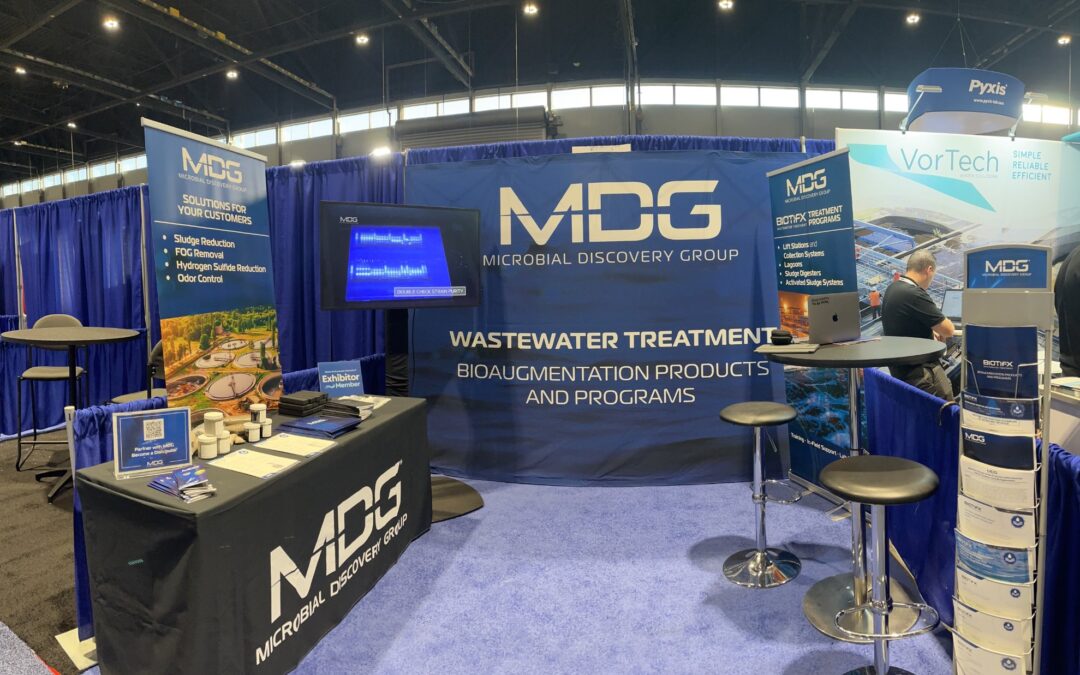Typically, one of the first questions a custom fermentation customer will ask us is how quickly we can get them to economical commercial production. Our years of experience tell us that if the customer can get their strain to two billion (2B) CFU/ml in a standard media such as trypticase soy broth (TSB), we tend to be able to get them to commercial production in eight to twelve weeks.
However, if the customer is in the 107 or 108 CFU/ml range in this quick test, we know we have a good amount of work ahead of us and scale-up may take a while. Although we have brought many strains with lower than 2B CFU/ml yield to a point of economic feasibility, you can bet the production timeline was quite a bit longer. Now, we know the last thing a customer wants to hear is that production yields may delay or even prevent commercialization altogether. To prevent this, we highly recommend adding a simple 2B TSB screen into your earlier process.
Planning Ahead
Right now, many scientists are trying to find the perfect strain for their application. They will spend months, if not years, screening their Bacillus libraries, seeking desired attributes such as anti-fungal activity, hydrocarbon degradation, or properties like plant growth promotion and enzyme production. Once they find this “wonder strain”, it can be tempting to immediately start field trials or begin the arduous patenting process, both of which can take years to complete.
While you may be excited to run with your new proprietary strain, we urge you to take a precautionary step by performing an additional assay or 2B TSB screen when choosing between your library strains. We have seen many cases of customer strain candidates where a scientist had invested multiple years of lab and fieldwork only to find out in the end that economical production was not going to happen, with us or with other contract manufacturers. At the end of the day, some strains just do not want to scale up to some of these higher concentrations.
By adding this important test within your library strain selection process, you could find that you may be better off choosing a strain with slightly less of a desired attribute compared to your best strain if the former strain also performs well during the 2B fermentation quick screen.
2B TSB Screen
When implementing this test, we suggest using a simple laboratory media (TSB or nutrient broth, for example) and screening your top strains for the ability to achieve two billion CFU/ml of spores in 48–72 hours of aerobic growth (200–250 rpm shaking in a baffled flask). If you can achieve that number, you are in luck. You will likely move very quickly to an organism yielding 12–15 billion CFU/ml, with a chance of 20–30 billion CFU/ml in the commercial fermenter. This can result in 4×1011 to 2×1012 CFU/gram of freeze- or spray-dried powder in eight to twelve weeks.
Before You Go to the Field, Check the Fermentation Yield
In summary, we know the pain of having invested so much time into your favorite strain only to discover that production yield will delay or prevent commercialization. It is so hard to turn back after news like this, especially once you are deep into field trials or patenting. Therefore, our advice is to add this screen way back during the library development stage. Do yourself a favor and take the extra couple of weeks to test your strains for economic viability. You will win in the end if you test for “2B or not 2B”.
About the Author:
Mike King, Ph.D., is the CEO and founder of Microbial Discovery Group (MDG). He is passionate about leading and developing dynamic teams across all of MDG’s facilities who share a common vision to Feed, Clean, Save the World.
Dr. King received both his Bachelor of Animal Science and Masters of Food Science Microbiology degrees from Oklahoma State University, followed by a Ph.D. in Food Science Microbiology from the University of Illinois. With over 25 years of experience in microbial biosciences, he is committed to the continued exploration and advancement of biological solutions that leave the planet a better place for generations to come.
Contact us today to find out how you can partner with us for your custom fermentation needs.










